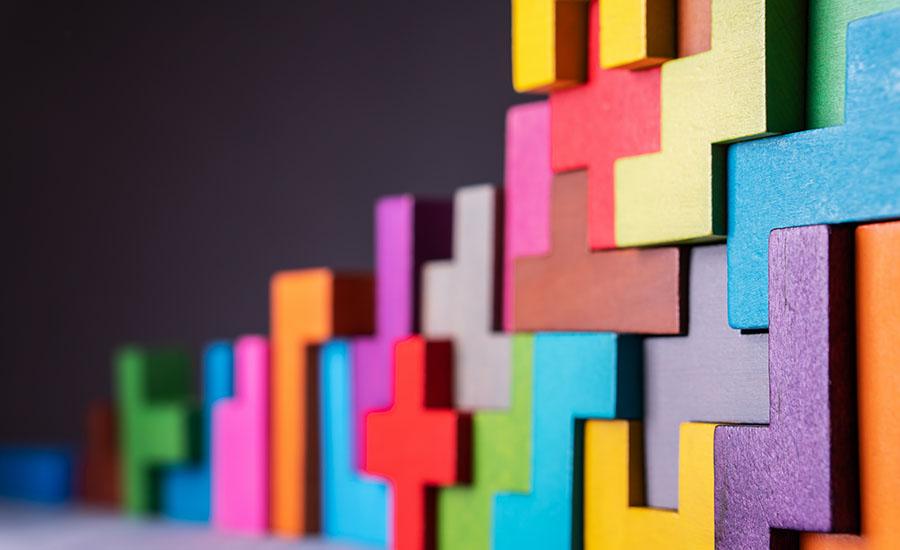
Discovering Molarity
by Amanda Stalvey
Students get to discover the relationship between solutes and solvents in relation to concentration. As an inquiry based lab, students will mix their own concentrations of Kool-Aid or other powdered drink mix with water and using mass by difference, calculate how much water and drink mix was used. After mixing these solutions, students will then drink and rate their solutions. This lab allows students to learn and practice molarity calculations through lab experimentation.
Lesson Plan Link/URL
https://docs.google.com/presentation/d/1Bqfwktpc_Xm6VZxsMOUfxyeq_5mVE5WA/edit?u…Subject Area
Science Physical Science P1: Matter Mathematics Operations and Algebraic Thinking (OA) Measurement and Data (MD) Expressions and Equations (EE) Algebra (A) English Language Arts (ELA) Reading (Informational Text) Writing
Featured
Off
Related Content

Grades:
9th Grade, 10th Grade, 11th Grade, 12th Grade
In this lesson students evaluate the advantages and disadvantages of conventional, petroleum-based plastics, bioplastics, and their different varieties. The lesson is driven by class/group research

Grades:
7th Grade, 8th Grade, 9th Grade, 10th Grade, 11th Grade, 12th Grade
Students will combine science and art by using an alternative photographic process called cyanotypes or sun prints. After a short introduction to the history of cyanotypes and the process of creating

Grades:
8th Grade, 9th Grade, 10th Grade, 11th Grade, 12th Grade
Over the course of three class sessions, spanning 90 minutes each, students will engage in an immersive project focusing on the outdoor air quality prevalent in four states situated in the